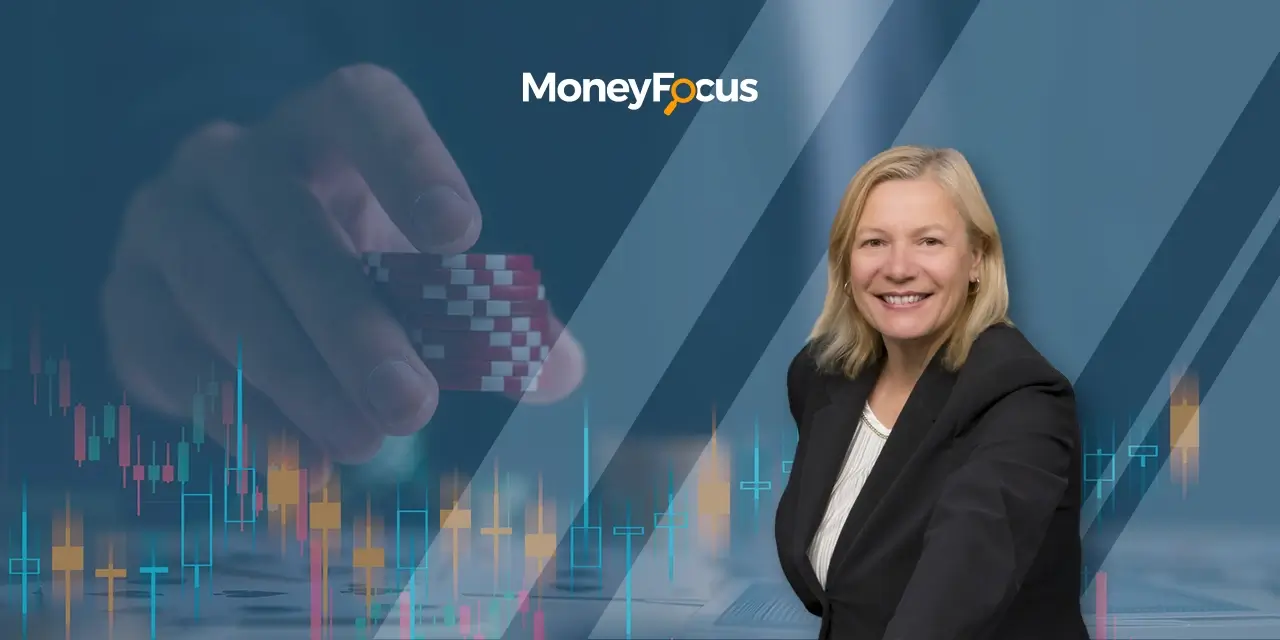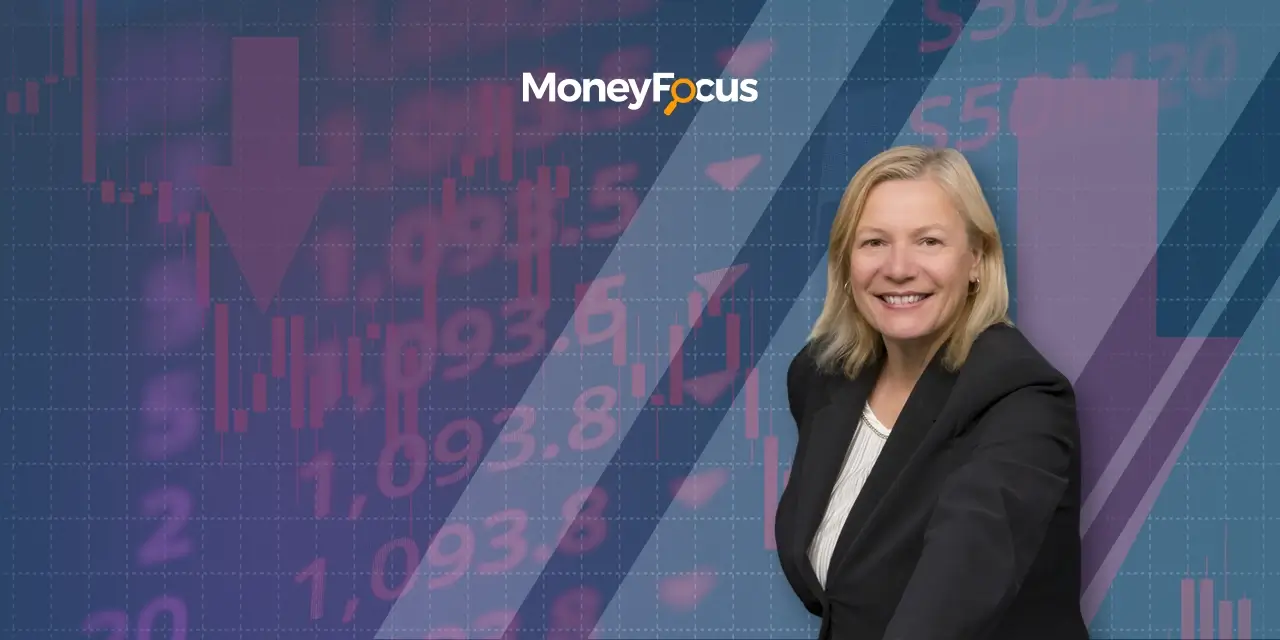By Harvest ETFs
The idea behind an ETF is relatively simple. At the most basic level, an ETF issuer creates a basket of securities and lists that basket on a stock exchange for investors to buy and sell. The ETF tracks the value of that basket and moves on the market accordingly.
The trouble is, nothing is ever quite so simple. Many Canadian investors want exposure to US securities, as US markets are the largest and most important in the world. What happens when the securities an ETF issuer uses are based in the US, and trade in US dollars, but their ETF will be listed on the TSX and trade in Canadian dollars?
As a Canadian investor, if you hold an ETF with foreign equities in the portfolio, you may want protection from currency swings. For example, a rising CAD (falling USD) would lower the foreign stock returns in the portfolio. In this case, a currency hedging strategy can protect you from the effects of a decline in USD and other foreign currencies.
Some ETFs will employ a strategy called currency hedging to minimize the impact of currency risk on an ETF’s value. Those ETFs will usually be described as “Hedged CAD.”
A quick currency refresher
As an investor, when you buy an ETF that holds foreign equities, you are taking on two types of risk. The first relates to owning stocks, as the price of the stock can go up or down. The second type of risk is currency risk. This means you are exposed to the currency in which the stocks are denominated. If you hold US stocks and (1) the USD moves higher against the CAD, you get a lift in returns, (2) CAD moves higher against the USD, your returns decline.
Therefore, if you want to eliminate the second type of risk by removing the effect of fluctuating exchange rates, you may want to consider a currency hedged ETF.
What “Hedged CAD” means
Generally, when an ETF is Hedged to CAD its portfolio managers use a tool called a “currency forward” to lock in a specific exchange rate on a future date. In our Canadian ETF holding US securities example, if the USD has fallen by that date, the ETF makes a gain from the contract which offsets the value it lost from a falling USD on the portfolio holdings. If the USD has risen, the ETF nets a loss from the contract, which also offsets the value it gained from the rising USD.
In short, during any period when the CAD rises in value relative to foreign currencies, a hedged ETF will result in higher returns in the foreign equity part of the investments. When the CAD loses value relative to foreign currencies, an unhedged ETF will usually do better.
The goal of currency hedging is not to maximize returns, the goal is to reduce the impact from currency risk as much as possible.
Harvest offers both hedged and unhedged ETFs in its lineup. A select group of Harvest Equity Income ETFs offer a Hedged “A” series and an unhedged “B” series to suit the goals of different investors. You can find a schedule of hedged and unhedged ETFs below.
Harvest Enhanced Equity Income ETFs do not themselves have a currency hedge. However, almost all the underlying ETFs they hold are currency hedged. The only exception is the Harvest Canadian Equity Enhanced Income Leaders ETF (HLFE) the underlying ETF of which holds only Canadian equities and therefore doesn’t need a currency hedge.
Hedged vs Unhedged ETFs
So why would some investors want an unhedged ETF? The answer can vary somewhat. Currency hedging also comes with a small cost that is factored into performance over time.
Some investors may buy an unhedged ETF because they want to take on exposure to currency risk. Some investors want to be exposed to certain currencies, and getting currency exposure through an ETF holding foreign securities is one way to achieve that. If an investor believes in the thesis behind a specific ETF, for example the US healthcare sector, and also believes the USD will rise against the Canadian dollar, then buying the unhedged “B” series of the Harvest Healthcare Leaders Income ETF (HHL:TSX) would give them exposure to both a basket of US healthcare stocks and the value of the US dollar against the Canadian dollar.
Overall, the question of hedged vs unhedged ETFs is one of personal risk tolerance and investment goals. It is important, however, that investors understand what it means when an ETF is noted as CAD hedged or CAD unhedged.
An alternative for investors who want to trade and receive income in US dollars is the “U” series available on some Harvest ETFs. Those units are priced in USD and pay their distributions in USD. For example HHL.U that is priced in USD and pays its distributions in US currency. You can read more about the “U” series from Harvest ETFs here.
Among Harvest ETFs with multiple series, the hedged units tend to attract the most investors. However, we believe having un-hedged units and units priced in USD on certain ETFs to offer investors more choices for their particular needs.
Disclaimer
For informational purposes only. The information contained herein is not intended to provide financial, investment or tax advice. Investors should seek professional advice from qualified advisors when considering tax and investment decisions.
Commissions, management fees and expenses all may be associated with investing in Harvest Exchange Traded Funds (managed by Harvest Portfolios Group Inc.) The ETFs are not guaranteed, their values change frequently and past performance may not be repeated. Please read the relevant prospectus before investing.











